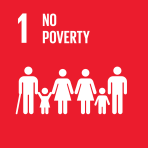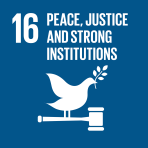Occupation, Fragmentation and Poverty in the West Bank

Abstract
A variety of controls imposed under occupation constrain economic development in Areas A and B of the West Bank. These include the ban on the importation of certain technology and inputs under the dual-use list system and a myriad of mobility and other restrictions that inflate the cost of production and undermine the competitiveness of Palestinian producers in domestic and foreign markets. While special economic zones in China and other countries have contributed significantly to their economies and are thought to be positive, the classification of portions of the West Bank as part of Area C exerts the opposite effect: instead of openness, it entails restrictions, and instead of contributing to the economy it hampers and suppresses its potential. Area C thus plays a role kin to an “adverse economic zone” that thwarts investment instead of promoting greater economic activity. This study quantifies the impact of the relative share of Area C in Palestinian localities on household welfare, measured by expenditure. The estimation exercise uses two cross-sectional data sets on 457 localities in 10 governorates. The exercise reveals that the greater the share of Area C in a locality, the stronger the negative impact on total household expenditure. The extent of this negative effect, however, is heterogeneous and varies across West Bank governorates. The study complements previous studies and concludes that reducing restrictions in Area C to levels similar to Areas A and B, as a necessary, but not sufficient, step towards ending the occupation, in line with relevant United Nations resolutions, and could boost total Palestinian household expenditure substantially, by up to 200 per cent in some localities, and help to reduce poverty substantially across much of the Occupied Palestinian Territory.



